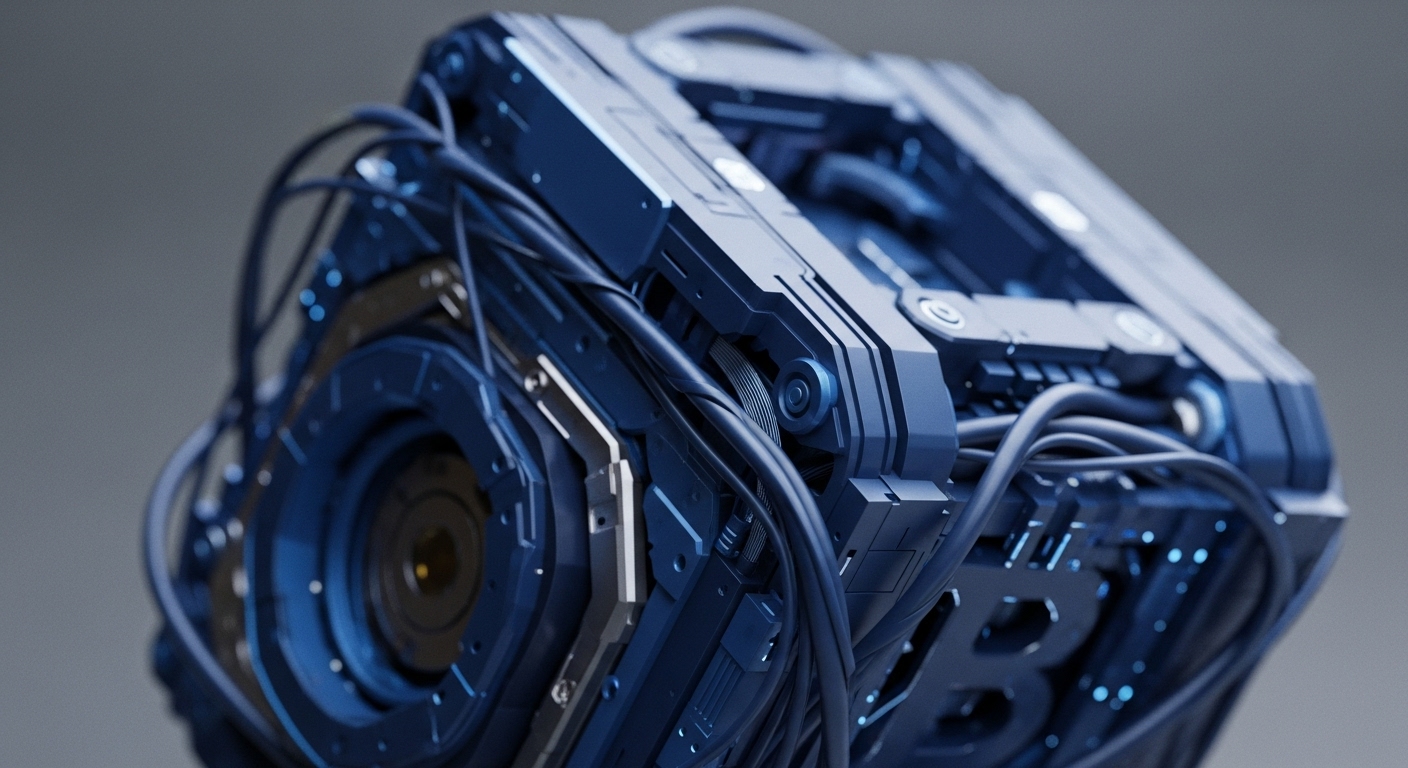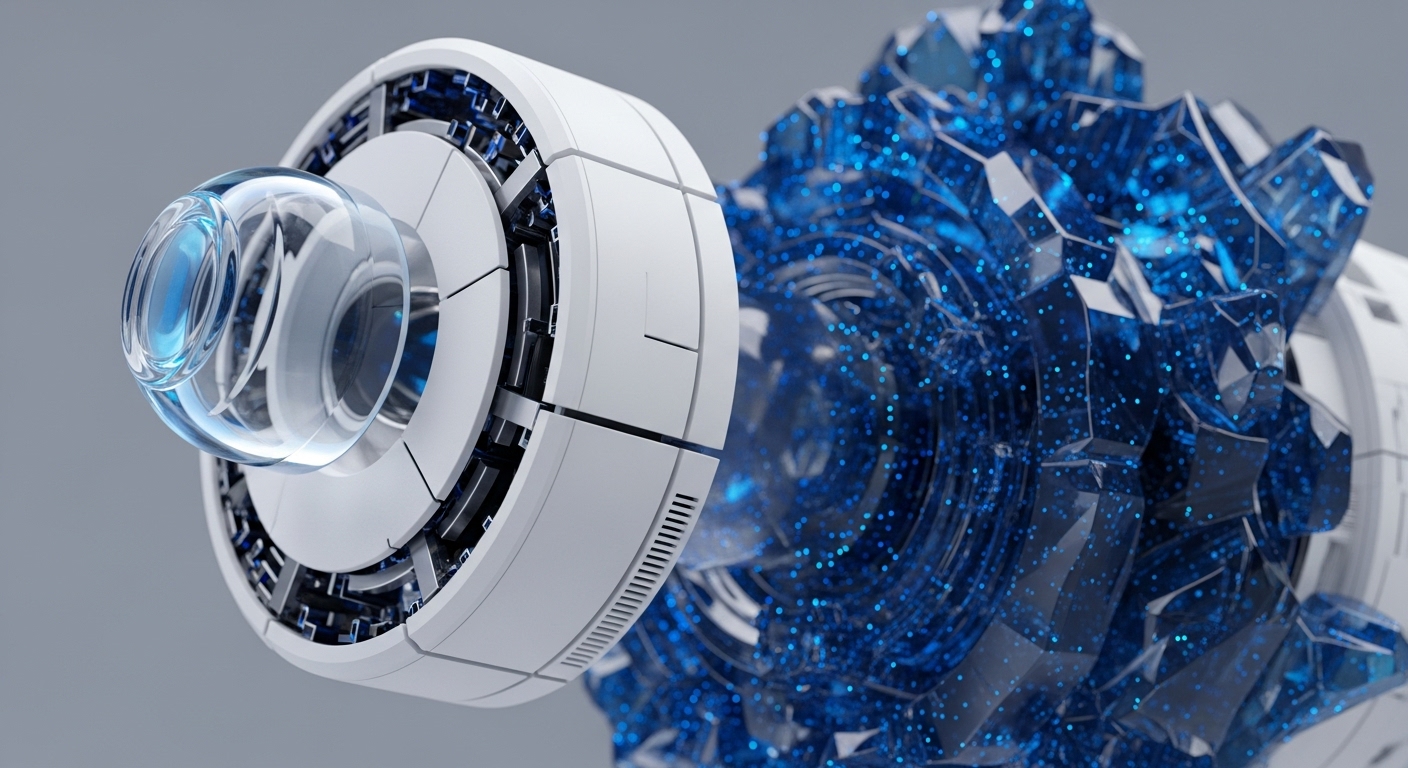
Briefing
This research presents ZKTorch, an innovative end-to-end proving system designed to enable transparent machine learning services without compromising the proprietary nature of model weights. ZKTorch achieves this by compiling complex ML models into specialized cryptographic operations, termed basic blocks, which are then efficiently proven using a novel parallel extension of the Mira accumulation scheme. This foundational breakthrough significantly reduces proof sizes and accelerates proving times, making practical verifiable AI inference a tangible reality for the future of decentralized architectures and secure AI applications.

Context
The prevailing challenge in machine learning transparency centers on the conflict between verifying model outputs and protecting sensitive intellectual property embodied in model weights. Prior zero-knowledge machine learning (ZKML) approaches struggled with either prohibitive inefficiency when applying general-purpose ZK-SNARKs to complex circuits, or a lack of adaptability when using custom protocols for narrow model classes. This created a significant theoretical and practical bottleneck for widespread adoption of verifiable AI.

Analysis
ZKTorch introduces a modular framework that decomposes ML models into cryptographic “basic blocks,” each optimized for efficient zero-knowledge proving. The system’s core innovation lies in its parallel extension of the Mira accumulation scheme, which allows for the rapid and succinct aggregation of these individual proofs. This architectural shift fundamentally differs from previous methods by enabling concurrent proof generation and aggregation, leading to substantial reductions in proof size and a significant acceleration in the overall proving process for real-world ML models. The framework effectively balances generality with efficiency, bridging a critical gap in ZKML development.

Parameters
- Core Concept → Parallel Proof Accumulation
- System/Protocol Name → ZKTorch
- Key Authors → Chen, B. Tang, L. Kang, D.
- Underlying Scheme → Mira Accumulation Scheme
- Performance Improvement → Up to 6x speedup in proving time
- Proof Size Reduction → At least 3x reduction
- Application Domain → ML Inference Transparency

Outlook
This research opens new avenues for trustless AI, where the integrity of machine learning models can be verified without exposing their proprietary details. The ability to efficiently prove ML inference will unlock a new generation of privacy-preserving AI applications, foster greater accountability in AI systems, and enable decentralized AI marketplaces. Future work will likely explore broader compatibility with diverse ML architectures and further optimizations for resource-constrained environments, solidifying ZKTorch’s role as a foundational component for verifiable and secure AI within decentralized systems.

Verdict
ZKTorch represents a pivotal advancement in zero-knowledge machine learning, establishing a scalable and efficient paradigm for verifiable AI inference that directly addresses the industry’s need for transparency and privacy.
Signal Acquired from → arxiv.org
